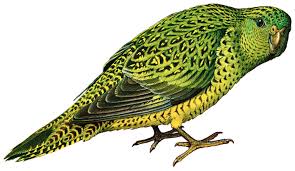
Australia is home to a large and diverse number of native species – approximately;
– 450 mammal species of which 87% are endemic
– 140 species of snake, 2 species of crocodile and 300 species of lizard of which 93% are endemic
– 750 species of birds of which 45% are endemic, and
– 214 species of frog of which 94% are endemic
Australia can boast that it is in fact a world leading biodiversity hotspot with more native fauna species than any other developed nation on the planet! Sadly, it also boasts the fastest mammalian extinction rate as well… Over the past 400 years every third mammalian extinction on earth has been of an Australian species. What has driven this?
The main drivers are;
– Introduced mammals, both predators that prey directly on natives and herbivores that trample and degrade habitat and compete with natives for grass and seed.
– Changed fire regimes due mainly to changes in agricultural practices
– Diseases brought to Australia by introduced fauna of which natives have little resistance
– Habitat reduction through land clearing
– Predation on cane toads
The accumulative effects of these processes create a perfect storm for native wildlife. The complexity of the problem web means there is no one solution, it must be fought on a number of fronts at once. This sounds hard and expensive, why should I care?
Well;
– Nature tourism in australia is worth 23 billion annually
– Native animals have an intrinsic right to exist. This is THEIR country
– Australia has internationally binding commitments to conservation
– High extinction rates indicate environmental decay and the longer this decay is left the harder and more costly it will be to repair
– Native wildlife is complexly linked and neglecting animals you don’t deem as of high importance can have very real consequences for those you do. Often impacts can directly effect humans through the tampering of biological controls allowing the proliferation of pest species
– Miss-management of native assets paints Australia in a very poor light internationally and can impact our economy either directly through sanctions or indirectly through tourism.
Much of Australia’s wildlife is on a knife-edge, now is the time to act… The question is – will we?
